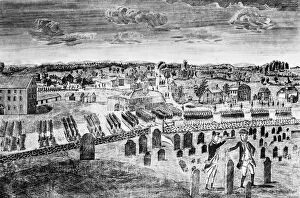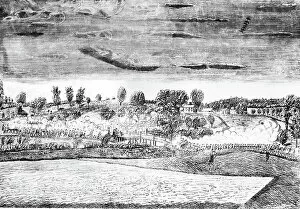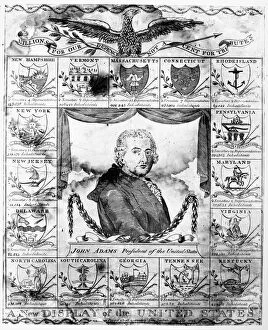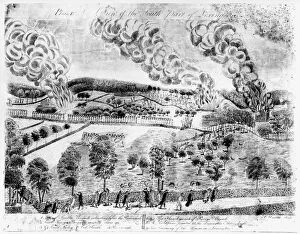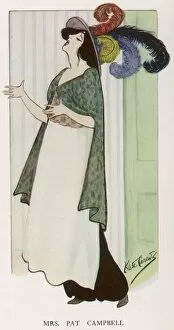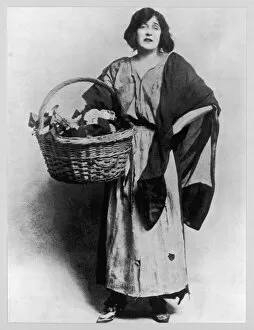Doolittle Collection (#2)
"Doolittle: A Legacy of Courage and Aviation Pioneering" In the midst of the Second World War, a B-25 Mitchell Bomber takes off from the USS Hornet aircraft carrier
All Professionally Made to Order for Quick Shipping
"Doolittle: A Legacy of Courage and Aviation Pioneering" In the midst of the Second World War, a B-25 Mitchell Bomber takes off from the USS Hornet aircraft carrier. This iconic moment marked the beginning of an audacious mission led by Lt Gen James Doolittle and his Tokyo Raiders. But Doolittle's aviation prowess did not start there. He was also associated with the Gee Bee Plane, a remarkable aircraft that pushed boundaries in its design and performance. Doolittle's name became synonymous with bravery as he fearlessly led his team on a daring bombing raid over Tokyo, striking at the heart of Japan's war machine. The audacity and success of this mission boosted morale for both American troops and civilians back home. Lt Gen James Doolittle was not alone in his pursuit of excellence in aviation. He crossed paths with Grp Capt Douglas Bader, another legendary figure who defied all odds as a double amputee pilot during World War II. Together, they exemplified determination and resilience in their shared passion for flying. Interestingly, there is more to the name "Doolittle" than just military achievements. Amos Doolittle engraved a map depicting the Connecticut Western Reserve on Lake Erie back in 1798 - an early representation of what would later become part of Ohio state. The influence of "Doolittle" extends beyond maps; it even found its way into literature and entertainment. George Bernard Shaw's play Pygmalion premiered in 1914, captivating audiences worldwide with its timeless themes. Edmund Gurney portrayed Alfred Doolittle brilliantly on stage during this premiere year. Fast forward to 1967 when Rex Harrison took on the titular role in Dr. Dolittle film adaptation - showcasing yet another facet where "Doolittle" left an indelible mark within popular culture.


